Cancer patients’ experiences with somatic hospitals in 2009. National results
Summary
In 2009/2010 the Norwegian Knowledge Centre for the Health Services conducted a national patient experience survey among adult cancer patients. Patients that had an outpatient visit or had been hospitalized at a somatic hospital in the period 20 September − 10 December 2009 were included in the survey. Data collection was conducted in the period January − May 2010. All somatic hospitals in Norway participated in the survey, except Oslo universitetssykehus Rikshospitalet. A total of 7 212 patients responded to the survey.
This report presents main results at the national level, regional level and for each health trust and hospital. The results are compared on six quality indicators for outpatient clinics and seven indicators for inpatient wards. The questions from the outpatient clinics are grouped in areas that address assessment of nursing staff, doctors, information, organization, patient safety and next of kin/family. The questions from the inpatient wards are grouped into the aforementioned areas plus assessment of the hospital standard.
Results at the national level show that cancer patients reported positive experiences with the hospitals in several areas. On a scale from 0 to 100 where 100 is the best possible result, the scores range from 66 (inpatient wards) and 68 (outpatient clinics) for information to 89 for patient safety (both outpatient clinics and inpatient wards). Although the latter has the highest score, it is still important to note that some patients had negative experiences related to retention of information, conflicting information or wrong treatment. In addition, there are large differences between hospitals in terms of patient reporting of wrong treatment.
Potential for improvement
Our study identifies several areas with potential for improvement. This potential particularly applies to indicators addressing organization and information, areas which evidently are central themes in the qualitative comments as well. For example, one in five experienced "to a limited extent" or "not at all" that a stable group of nursing staff or physicians had primary responsibility. 15% (outpatient clinics) and 13% (inpatient wards) responded that having many doctors "to a large extent" or "to a very large extent" was a problem. Both at outpatient clinics and inpatient wards between 20% and 30% of the patients considered the information they had received about pain and pain relief as sufficient only "to a limited extent" or "not at all".
Another area with potential for improvement is information about side effects. Both the quantitative and qualitative results indicated a need for improvements in cooperation and coordination between the hospital and other health services.
The South-Eastern and Central Norway Regional Health Authorities obtain higher scores on the indicators than the other two health regions. There are more statistically significant differences between outpatient clinics than between inpatient wards, most of these differences are in a positive direction. Results on the hospital level show that hospitals that perform well in one area also tends to perform well in other areas, as no hospitals have a significantly better score than average on one indicator and a significantly lower score on another.

